I used to hate it when my quiche had a soggy bottom crust! Then I learned about blind baking and now I get a perfect flaky bottom crusts everytime! In this step-by-step guide, I’ll walk through the process of achieving a flawless crust that is crispy from bottom to top and answer the question "When do you bake pie crust before filling?" to make the perfect custard pies, pumpkin pie, and quiche crusts!
What is Blind Baking
Blind baking is also known as pre-baking. It is a method of pre-cooking your pie shell without and filling. It's a crucial step that sets the stage for exceptional pies. The goal? To ensure that the bottom of the pie crust is not soggy but perfectly crispy—a foundation that can withstand even the juiciest of pie fillings.
When to Blind Bake Your Pie
Now that you know what blind baking is, it's helpful to know when to blind bake pie crust and when to bake the traditional way. After all, not every pie needs to be pre-baked. So when should you pre-bake your pie shell?
Custard Pies
A custard pie is characterized by a soft, creamy filling made from a mixture of milk or cream, eggs, sugar, and flavorings such as vanilla or nutmeg baked inside a pastry crust.
If you tried baking the custard pie long enough to fully cook the crust, the custard would be overcooked and cracked. The solution is blind-baking.
Anytime you want to bake a custard pie, you'll want to blind-bake the crust. Custard filling has a lot of moisture. If the filling and crust get baked together, all that moisture will make the crust soggy.
Fresh Fruit Pies
You should pre-bake a fresh fruit pie crust when making pies with juicy fillings like berries or peaches. This helps the crust stay flaky by preventing it from getting too soggy due to the fruit's moisture.
Quiche
Until recently, I did not blind-bake my quiche. I was always a little disappointed with the mushy texture on the bottom. Once I tried it for the first time, I was sold! If you think about it, a quiche is a type of savory custard, so it should be blind-baked. Now my quiche has a nice flaky bottom crust and I get so many more compliments!
No Bake Pies
The most common time you'll come across a recipe calling for a blind-baked pie crust is for no-bake pies. Desserts like coconut cream pie, banana cream pie, chocolate cream pie, and fresh strawberry pie all require a pre-baked pie shell.
Whether you are using a graham cracker crust or a traditional flaky pie crust, it needs to hold up to being sliced and served, and a pre-cooked shell helps achieve that.
Half baked Pie Shell vs. Fully Baked Pie Shell
A half-baked pie shell is a pie crust that's partially cooked before adding the filling. This helps prevent a soggy bottom in custard pies. After partially baking, you finish cooking the pie with the filling. On the other hand, a fully baked pie shell is completely cooked before the filling is added. This is great for pies with no-bake fillings like cream pies, as it prevents the filling from softening the crust.
You use a half-baked pie shell when making pies with wet fillings, like custards or quiches.
Types of pies that benefit from half-baked crusts:
1. Quiche: savory custard pie with veggies or meat.
2. Pumpkin: prevents soggy filling in classic fall pie.
4. Custard: avoids undercooked base in sweet custard pies.
When to Fully Bake a Pie Crust Before Filling
A fully baked pie shell is fully cooked and holds its shape without shrinking back. The edges are lightly golden brown, and the bottom is flaky and fully cooked.
Use a fully baked pie shell any time you are pre-cooking the filling of your pie or when the filling requires no cooking.
Types of pies that benefit from fully-baked crusts:
- Lemon meringue pie
- french silk pie
- Any cream pies
- Strawberry pie
How To Blind Bake a Pie Shell
To blind-bake a pie shell, you don't need any special equipment. Chances are, you already have everything you need in your kitchen.
- Parchment paper or aluminum foil
- Dry beans, uncooked(dry) rice, or pie weights
Here is a step-by-step guide for blind baking a pie shell:
Follow the recipe as written and chill the rolled crust.
- Lining the Pie Shell-After you have rolled out, shaped, and chilled your crust, you'll want to line the pie shell with either aluminum foil or a piece of parchment paper. I prefer aluminum foil because I can fold the edges down a little so that I can see the sides of the crust and know when it starts to get brown.
- Weighing it Down-Because the crust has moisture in it, steam will form, and the crust will puff up. The way to avoid this is to weigh down the dough. You can use dried beans, uncooked rice (dry rice), or pie weights to weigh down the crust. I use dry beans and save them to use multiple times.
- How Long to Bake the Shell-Place the pie shell in the oven and bake for 20-25 minutes at 350°. Keep an eye on the crust edges during the baking process and watch for browning.
- Partially Baked Pie Shell-When you notice the edges of your crust starting to brown, remove the pie crust, scoop out the dry beans or pie weights, and remove the parchment or foil. The bottom will be very slightly doughy. This usually takes about 20 minutes at 350°
- Fully Baked Pie Shell-Bake as you would for a half-baked pie shell up to the point that you remove the pie weights and foil. Now place the pie shell back in the oven and bake it for 5-8 minutes more to finish cooking the base.

Homemade Flaky Pie Dough
Ingredients
- 1 ¼ cups unbleached all-purpose flour
- 1 tablespoon sugar
- ½ teaspoon salt
- 6 tablespoon unsalted butter cut into 1-inch pieces and chilled
- ¼ cup vegetable shortening measured and chilled
- 3 tablespoon water very cold
- 1 tablespoon white vinegar
Instructions
- In the bowl of a food processor fitted with the blade attachment, place flour, salt, and sugar. Pulse until combined, approx 30 seconds.
- Add the chilled butter and shortening. Pulse for about 8-10 quick pulses until the mixture resembles cottage cheese. Fat pieces should be well coated in flour and approx pea-sized.
- Pour the mixture into a medium mixing bowl and lightly sprinkle water and vinegar measurements over the top of the fat and flour mix. Using a rubber spatula, gently fold in liquids.
- Need very briefly until mixture comes together. Cover in plastic and chill for 30 minutes before rolling out.
- Remove the dough from the refrigerator and allow it to come to room temperature for 15 minutes before rolling. Place the dough on a floured surface and roll into a circle about 10 inches in diameter.
- Gently lift the dough into a pie plate and lightly press it into place. Trim any overhanging dough, and crimp or flute the edges.
- Place the pie crust back in the refrigerator for 30 minutes before baking.
Blind Bake a Pie Crust with Confidence
Now that you know how to blind-bake a pie crust, you'll be able to bake the best pies around! Ready to give it a try? This easy copycat recipe for Costco pumpkin pie is the perfect way to try out your new blind-baking skills!



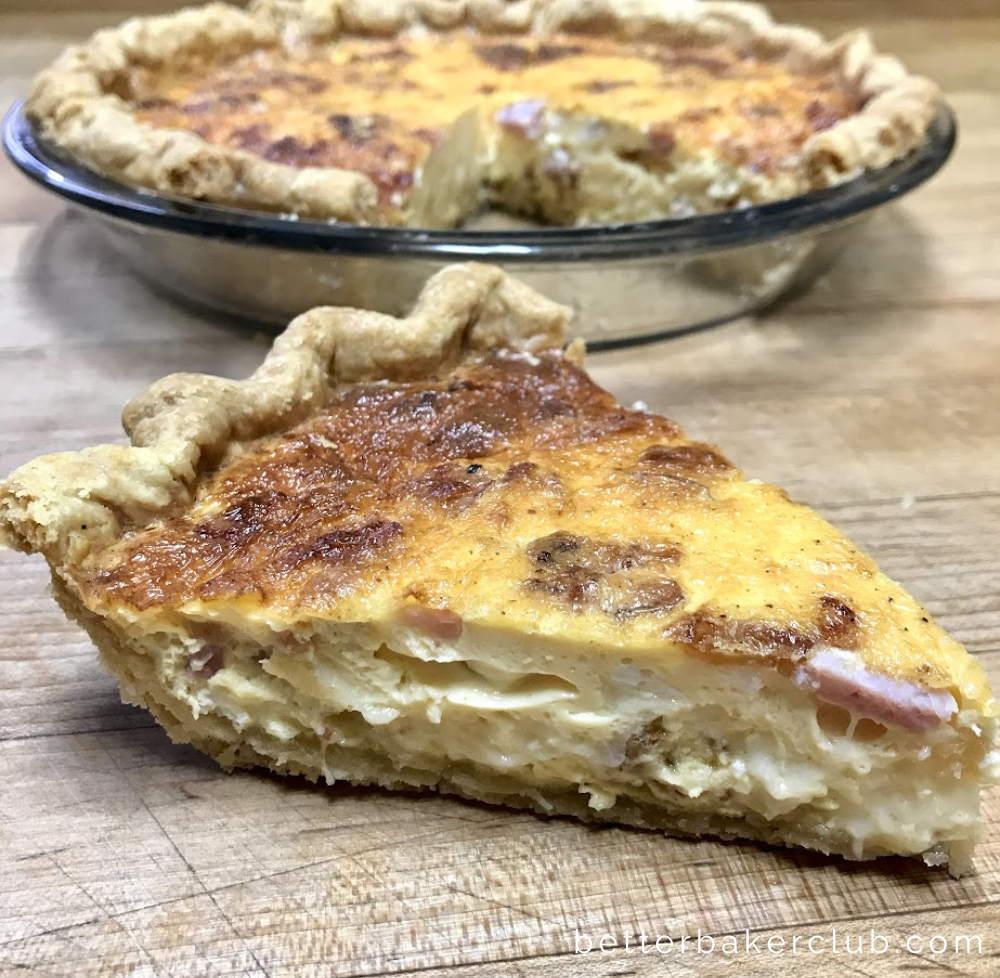



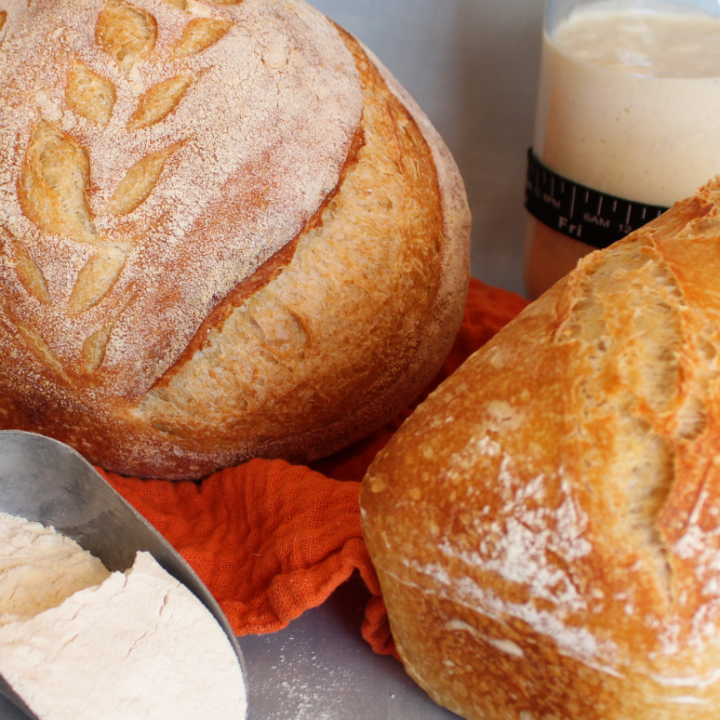
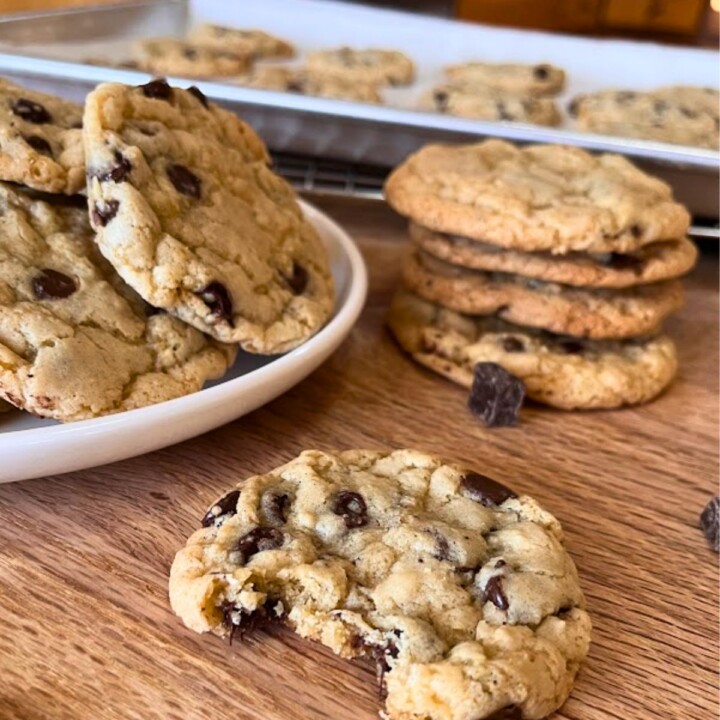
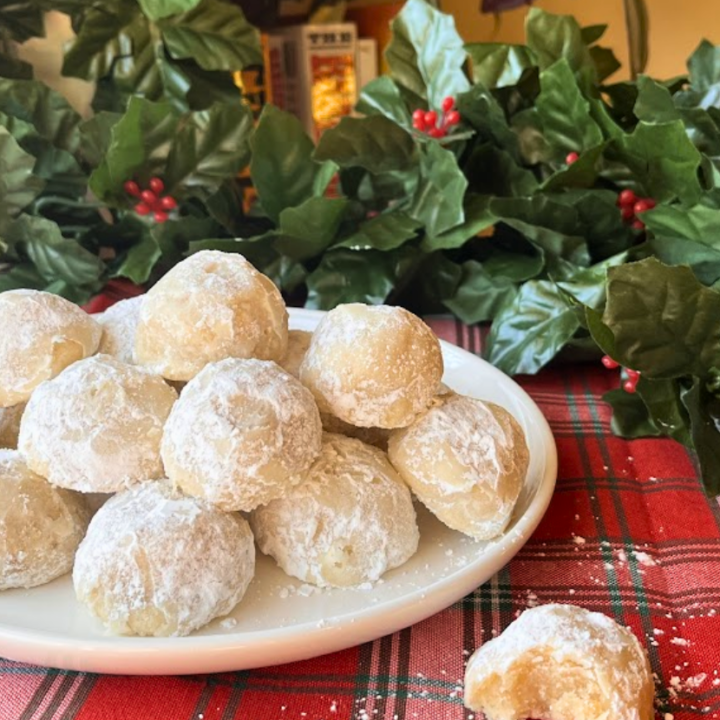
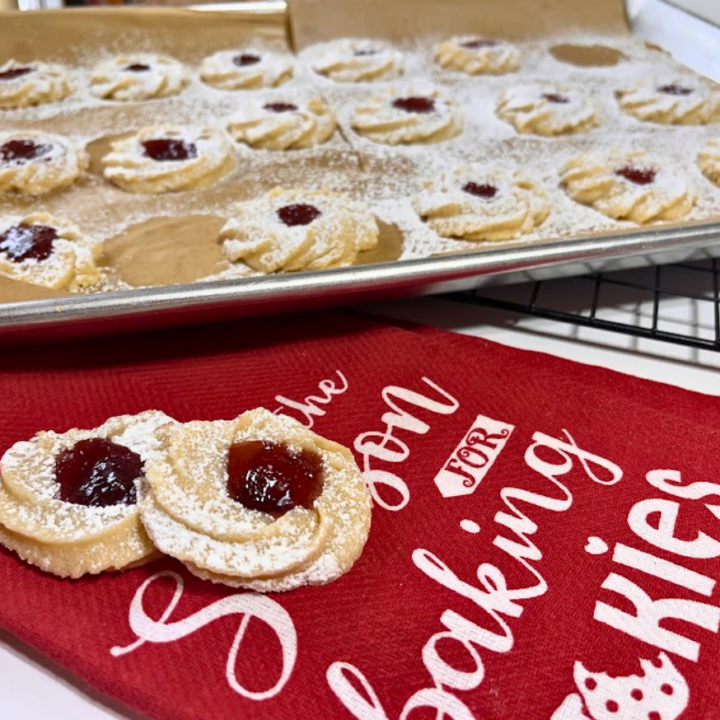
Leave a Reply